Book, for most of its history, has consisted of written or printed sheets of paper or some other material fastened together along one edge, so that the volume could be opened at any point. This definition has not always been true, however. In ancient times, books were written on papyrus scrolls and clay tablets, for example. In modern times, books are available in many paperless formats. These formats include audiobooks, spoken-word books recorded on cassette tapes or CD’s, or available for download over the Internet. Other paperless formats include electronic books that can be read on a computer, on a special reader designed for electronic books, or even on a cell phone. This article, however, is about printed books. For information about electronic books, see E-book.
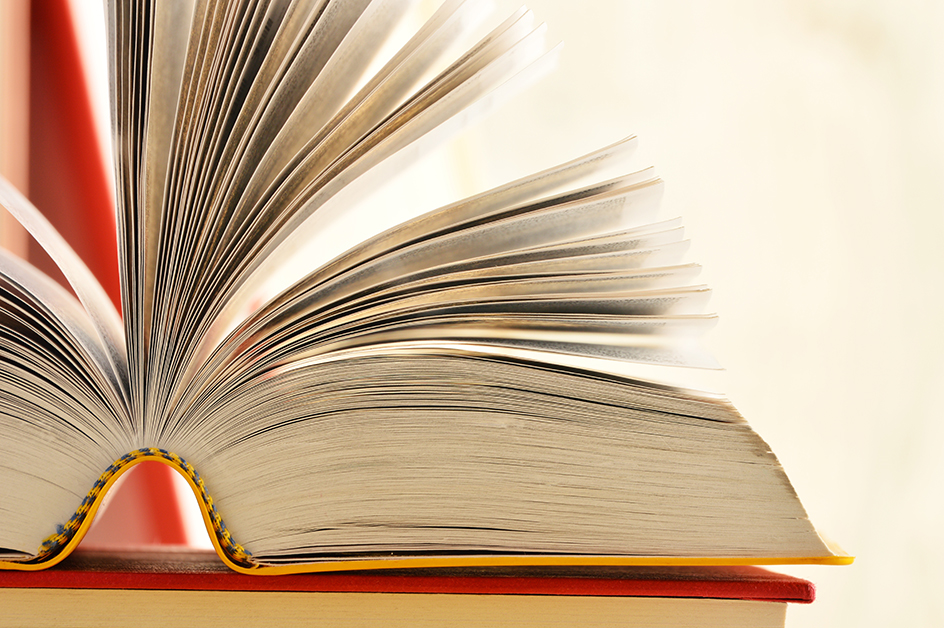

People have used books in some form for more than 5,000 years. The term book comes from the early English word boc, which means tablet or written sheets. The first printed books in Europe appeared during the mid-1400’s. Since then, millions of books have been printed on almost every subject and in every written language. We often consult almanacs, dictionaries, encyclopedias, and telephone books for reference. We read novels, books of poetry, and printed versions of plays for entertainment. Young readers are familiar with storybooks, textbooks, workbooks, and comic books. Books are an inexpensive and convenient way to store, transport, and find knowledge and information. The book ranks as one of humanity’s greatest inventions.
Inside a book
The pages of a book are glued or sewed together along one side, called the spine or back. Two covers are joined by hinges to the spine. Books are either hardbound or softbound, depending on the cover. Most hardbound books have covers made of cloth, plastic, or leather over cardboard. A paper dust jacket is often added to protect the cover. Softbound books, called paperbacks, have paper covers. Usually, the book title and other information appear on a book’s spine and front cover as well as on its dust jacket.
Inside the front cover of a typical book is a collection of pages called the preliminary material. The material begins with a blank or decorated end paper, followed by the half-title page. The recto (front side) of this page carries the book’s title. The verso (back of the page) may be blank, or may carry a list of other books by the same author. Throughout the book, the verso is always an even-numbered page and the recto is always odd-numbered.
The title page carries the full title of the book and the author’s name on the recto. It also carries the imprint, which is the place and date of publication and the name of the publisher or company issuing the book. The verso of the title page contains additional publication information and a statement of copyright, which is a notification that the book’s contents are the property of the author or publisher. In the earliest printed books, the information now carried on the title page appeared at the end of the book in a statement called the colophon. The illustration that faces the title page is called the frontispiece.
The preface follows the title page. In the preface, the author discusses various aspects of the creation of the book. The table of contents usually comes at the end of the preliminary material. It lists in order the book’s main topics or the headings of the individual units and their page numbers.
The text is the main part of the book. The text is usually divided into separate parts called chapters or books. The text may also include illustrations. In many books, several sections follow the text. The appendix contains notes, charts, tables, lists, or other detailed information discussed in the text. Many books have an index, which lists in alphabetical order important subjects, names, and places in the text. The index gives the page number where the reader can find these items in the text. Finally, some books have a bibliography that lists sources used by the author in writing the book. The bibliography also lists additional sources on subjects in the text.
Caring for books
All books should be handled carefully. Dropping a book or folding the covers back against each other can break the spine and loosen the pages. To open a new book, place the book on a table with the spine down and gently open the front and back covers. Run your fingers up and down the hinges, where the cover meets the spine. Open the remaining pages a few at a time, working from the front and back toward the middle.
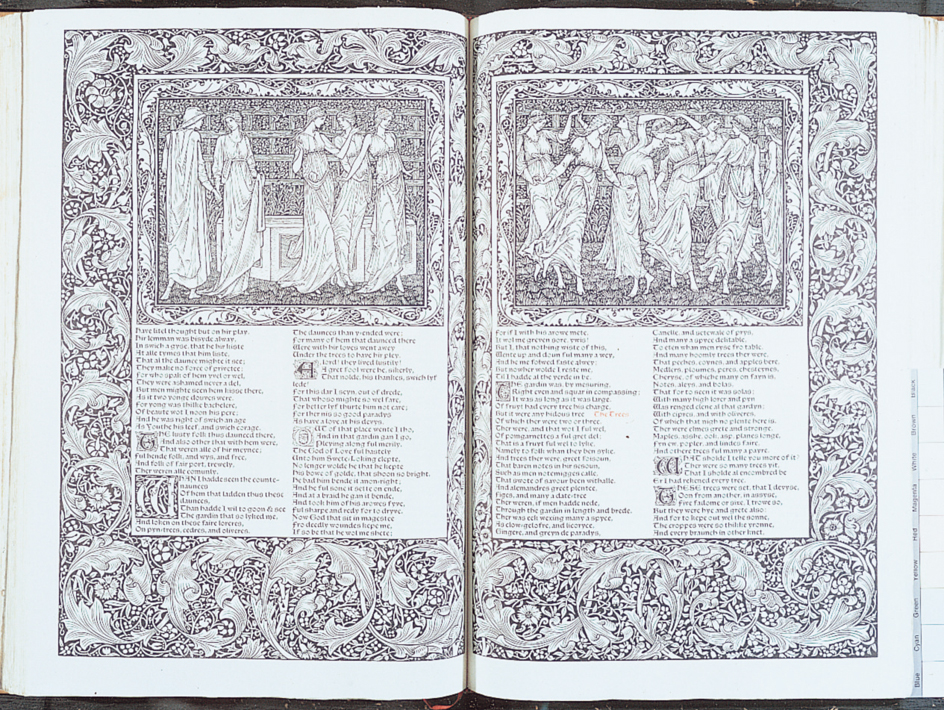
The dust jacket protects the book from stains, dirt, and scrapes, and it should remain on the book. You should also protect books against exposure to heat, light, and moisture. Water will stain and warp a book. Water may also dissolve the glue that attaches the pages to the spine, thus causing the pages to come loose. Too much moisture, heat, or light will cause the pages to turn brown and become easily damaged. Moisture can also cause mildew, a type of fungus.
When books are not in use, they should be placed upright on a shelf with other books. They should fit closely so they do not lean, which can loosen the binding. When taking a book from the shelf, never pull it by the top of the spine. Grasp the front and back covers together and carefully remove it. When returning a book to the shelf, do not force it in, but make a space for it.
History
Early books.
Historians do not know when the first books appeared, but there is evidence that books were written in Egypt as early as 2700 B.C. In Egypt, people wrote on papyrus, a writing material made from stems of the papyrus plant that grows along the Nile River. The word paper comes from papyrus. Egyptian books consisted of scrolls, which were long pieces of rolled papyrus. But books were not an invention of any one time or place. For example, in Babylonia (now southeastern Iraq), people wrote by pressing marks into small tablets of clay about the same time the Egyptians were writing on papyrus scrolls. They recorded business and government records, stories, and histories and baked or dried the clay to harden it. About 3,000 years ago, the Chinese made books by writing on long strips of wood or bamboo and tying groups of them together. 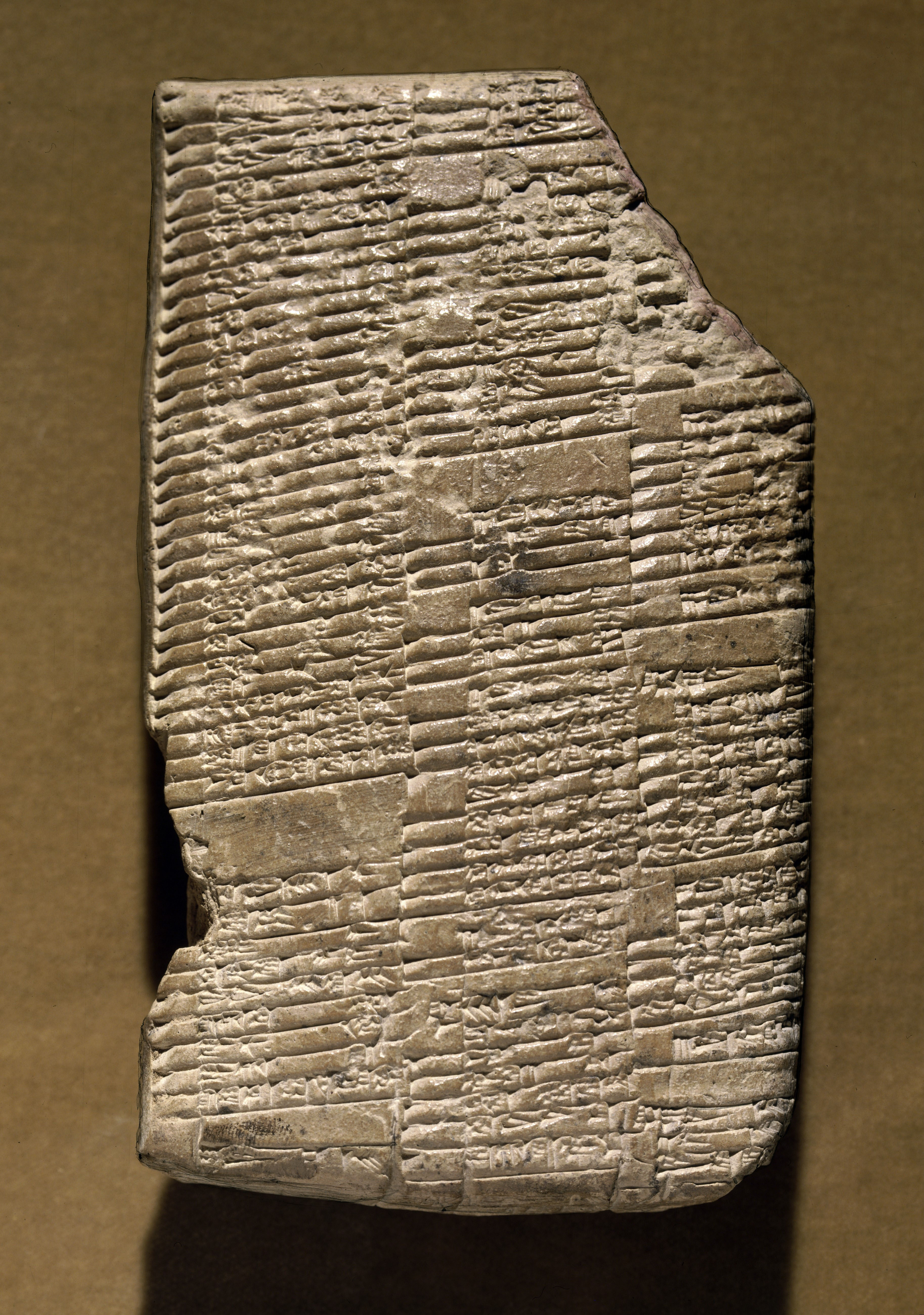
By 500 B.C., the ancient Greeks adopted the Egyptian papyrus scrolls as their chief writing material. They also used wooden tablets covered with wax as notebooks. From about 300 to 100 B.C., the Romans adopted the scroll book and wax tablet used by the Greeks.
The gradual replacement of papyrus with parchment was an important step in the creation of the modern book form. Parchment is specially treated animal skin. It was stronger and smoother than papyrus and lasted longer in the damp European climate. It also cost less than papyrus, which had to be imported from Egypt.
During the first 300 years after the birth of Jesus Christ, early Christians popularized the form of the book called the codex (plural codices). Rather than joining pieces of papyrus or parchment to make long rolls, they cut the pieces into sheets and sewed them together on one side. They bound the pages with thin pieces of wood or a soft membrane. A codex was easier to use than a scroll because the reader could open it at any page, rather than winding and rewinding it. The codex also provided more writing space, because a person could write on both sides of the page. The codex remains the major form of book today.
The Middle Ages.
During the Middle Ages, from about the A.D. 400’s through the 1400’s, the Christian Church was the center of learning in Europe. Priests and monks working in churches and monasteries preserved the skills of writing and bookmaking. They made books by hand, binding them in codex form. Professional writers, called scribes, wrote most books. Much of their work consisted of making copies of religious books, especially the Bible. They also copied some of the great writings of ancient Greece and Rome and wrote new books about Christian history, tradition, and thought. 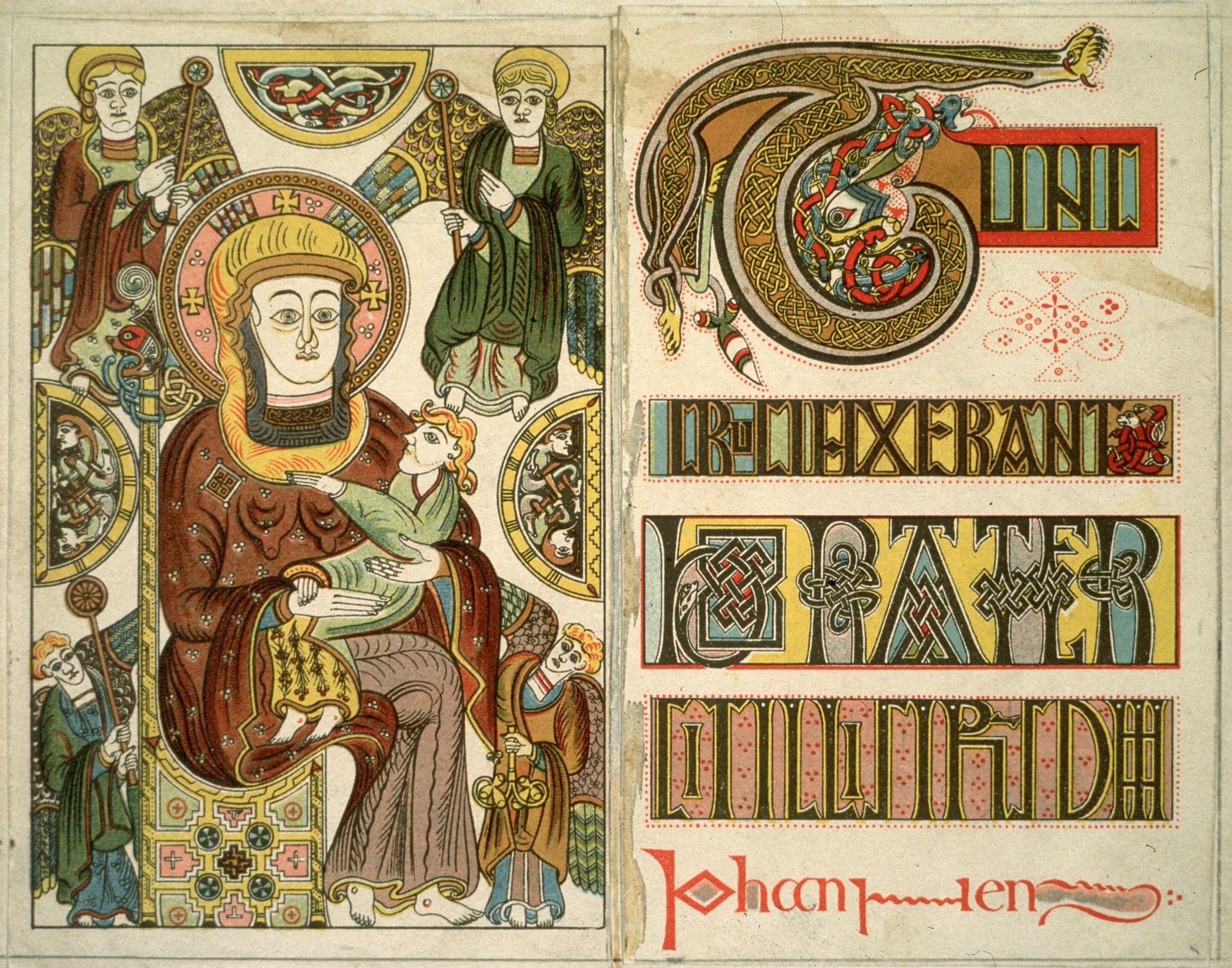
Some books of the Middle Ages were illuminated (decorated) manuscripts, with beautiful, colorful designs and pictures drawn on each page. Painters called illuminators painted the designs in colors, even in gold. Leather bindings decorated with gold, silver, and precious stones indicated the importance and value of the books. The Book of Kells, created in a monastery in Kells, Ireland, is one of the most beautiful of these illuminated manuscripts.
During the late 700’s, the scribes developed a style of writing that made books easier to read. They used capital and small letters, set up a system for punctuation, and left spaces between words. The old Roman writing style used all capital letters and ran all the words and letters together. The new writing style looked much like the type used in modern printed books. 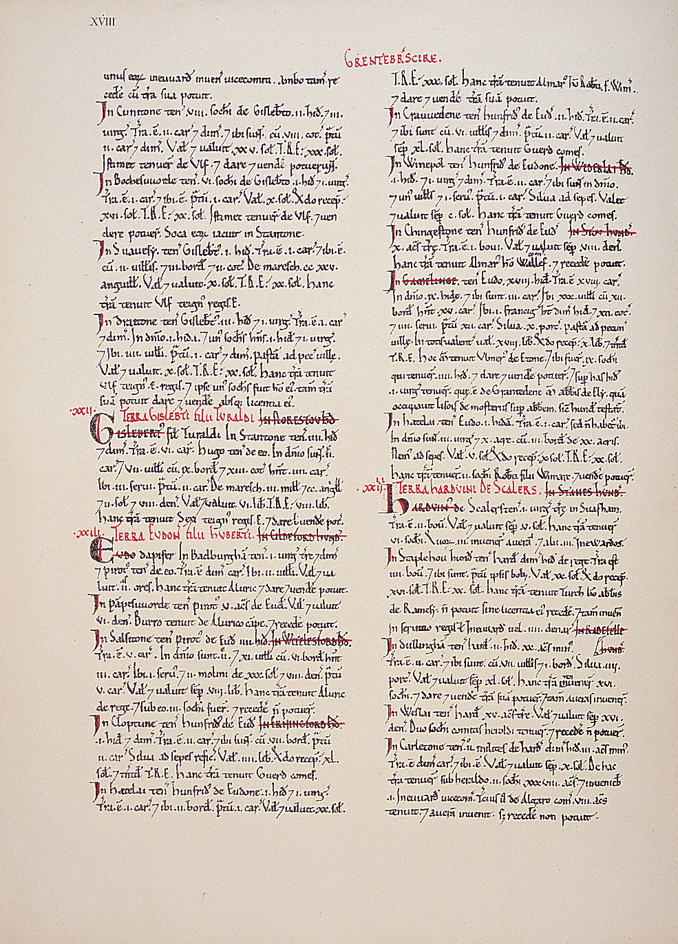
During the 1200’s, paper made of cotton and linen began to replace parchment as a writing material. Paper was not as strong as parchment, but it cost far less to make. The idea for making paper probably came from China, where it had been known for more than a thousand years.
By the 1300’s, the demand for books began to increase greatly with the growth of a literate middle-class population in cities. People began to look for cheaper and faster ways to make books to satisfy the new market.
The development of printed books.
The Chinese made the first known printed book, called the Diamond Sutra, in A.D. 868. They carved each whole page from a block of wood, spread ink over the raised surfaces, and printed it on paper. This kind of printing, called block printing, appeared in Europe during the late 1300’s. People used the technique to produce many copies of playing cards, religious pictures, and other printed materials. They sometimes carved a brief text onto the wood and made books by binding several pages together. With block printing, people could rapidly make more copies of a page than they could make by hand. But they still had to carve each page separately. 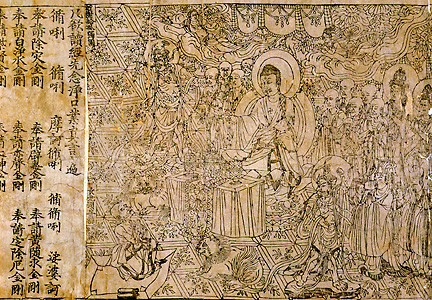
The book as we know it today resulted from the invention of printing with movable type. In movable type printing, each letter of the alphabet is made out of a separate piece of metal. Printers can arrange the metal type in any combination to produce the text they want. They can also reuse the type. The method allowed printers to produce many different pages in a shorter time than with any previous system of printing.
The Chinese invented movable type using clay during the A.D. 1000’s. The Koreans invented metal movable type in the 1300’s. Europeans developed movable type independently in the mid-1400’s. The first books printed in Europe by movable type appeared in Mainz, Germany, between 1453 and 1456. There, Johannes Gutenberg and his associates worked to develop the printing process. One of the first books printed was a Bible in Latin. This Bible became known as the Gutenberg Bible, though Johann Fust and Peter Schoffer probably printed it. They printed about 150 copies, of which 21 complete copies exist. The Bible required six men to set the type and several months to produce. Scholars also call this book the 42-line Bible because most of the pages have 42 lines of type in each column.
Books printed from about 1450 to 1500 are called incunabula, from the Latin word for cradle. These books were printed during the infancy of printing. Printers of that time were still strongly influenced by the medieval manuscripts. They used large type resembling the handwritten letters of the earlier books. Early books were printed on fine handmade paper or on a high-quality treated animal skin called parchment. Many of the pages were decorated by hand.
Soon after the development of movable type, printers discovered that they could easily include woodcuts and block-printed illustrations in books. Woodcuts became the most commonly used type of book illustration in the 1500’s. See Woodcut.
The spread of printed books.
By the early 1500’s, printing had spread throughout Europe. German printers did most of the earliest work. In 1465, two Germans set up the first press in Italy. In 1469, printing was introduced into Venice, which soon became a center for printing and the book trade. A French printer, Nicolas Jenson, started a printing press there in 1470, and became famous as a designer of beautiful type styles. In the 1490’s, Aldus Manutius established the Aldine Press in Venice. Aldus became famous for his beautiful editions of classic Greek and Roman works in small and inexpensive volumes. He also invented italic type.
Paris also became an important center of bookmaking in the 1500’s. Such printers as Geofroy Tory, Simon de Colines, and the Estienne family made many important advances in printing and illustrating. About 1475, William Caxton produced the first printed book in English, Recuyell of the Historyes of Troye. A few years later, he set up the first printing press in England and printed about 100 English books, including Geoffrey Chaucer’s Canterbury Tales. This was the first printed version of a native English classic.
By the late 1500’s, books looked much like they do today. Printers had stopped imitating manuscripts of the Middle Ages. They produced smaller-sized books that were inexpensive and easy to carry. Most had a title page, page numbers, a table of contents, and an index.
The 1600’s and 1700’s.
During the 1600’s in Europe, the number of people who could read increased greatly. Book printers published large numbers of books, including many small, cheap volumes of the kind first printed by Aldus in the 1500’s. There was a general decline in fine design and fewer advances in book design compared to the 1500’s. One exception was in book illustration, where technical discoveries in the art of engraving made it a widely used form of illustration. In addition, the Elzevir family of Leiden, the Netherlands, produced many beautiful editions.
During the 1700’s, some printers revived interest in fine bookmaking. Such type designers as William Caslon in England and Pierre-Simon Fournier in France produced handsome new type styles that were used by printers for many years. John Baskerville in England and Giambattista Bodoni in Italy became famous for their elegant and well-made books.
The first printing press in the New World was set up in 1539 in Mexico City. During the 1600’s, printing became established in what is now the United States. An English locksmith named Stephen Daye and his son Matthew set up the first printing press, in Cambridge, Massachusetts. The first book from the press was the Bay Psalm Book in 1640. By 1763, all of the Thirteen Colonies had printing presses. The best American books of the 1700’s came from New York City, Boston, and Philadelphia. 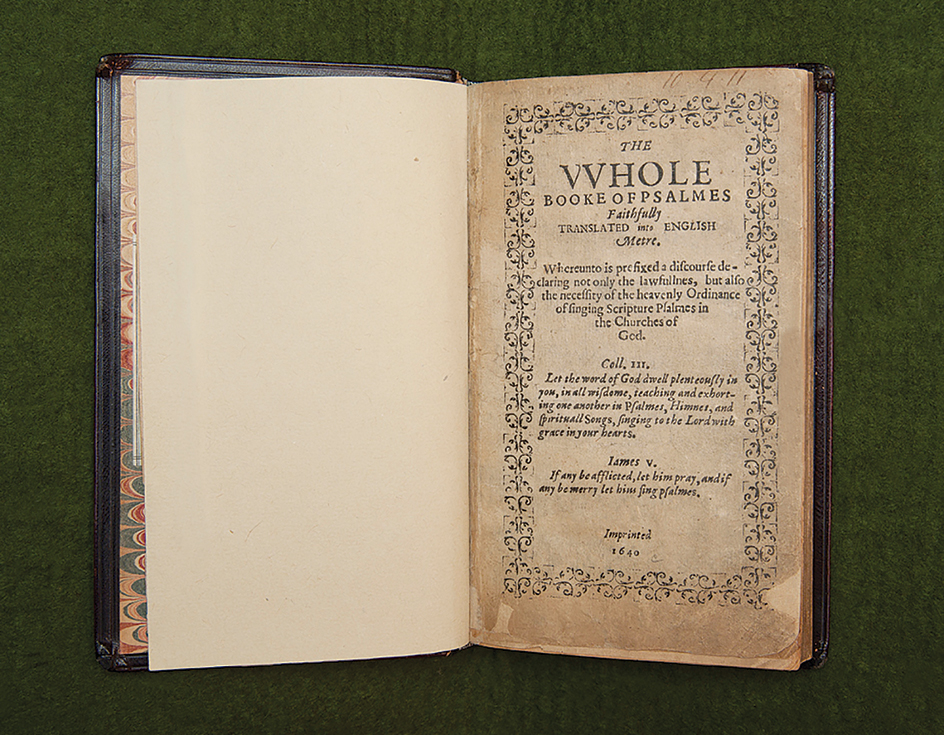
The 1800’s.
By 1800, the market for books exceeded the number being produced. Printing took much time, because printers had to set (put together) the type for each page and print it by hand. Book manufacturing was revolutionized by a number of inventions during the 1800’s. One invention was the Linotype, which set type mechanically. Other inventions included steam-powered printing presses and papermaking and bookbinding machines. All these inventions allowed publishers to produce more books at lower cost than ever before. The use of cloth-covered rather than leather-covered bindings also helped keep costs low.
Paperback books became popular in Europe and the United States during the 1800’s. A German publishing company named Tauchnitz began to produce paperback editions of the classics in 1841. This series eventually included more than 5,000 titles. In the United States, the first series of paperback editions appeared in 1831. They became extremely successful after 1870. Many publishing houses began printing paperbacks and competing with each other for sales. By 1885, a third of the books published were a type of popular paperback called dime novels because they originally cost 10 cents. The mass production of books led to a decline in the quality. Publishers printed many books on cheap paper that quickly turned brown and brittle with age. Bindings were often poorly glued, and they broke. 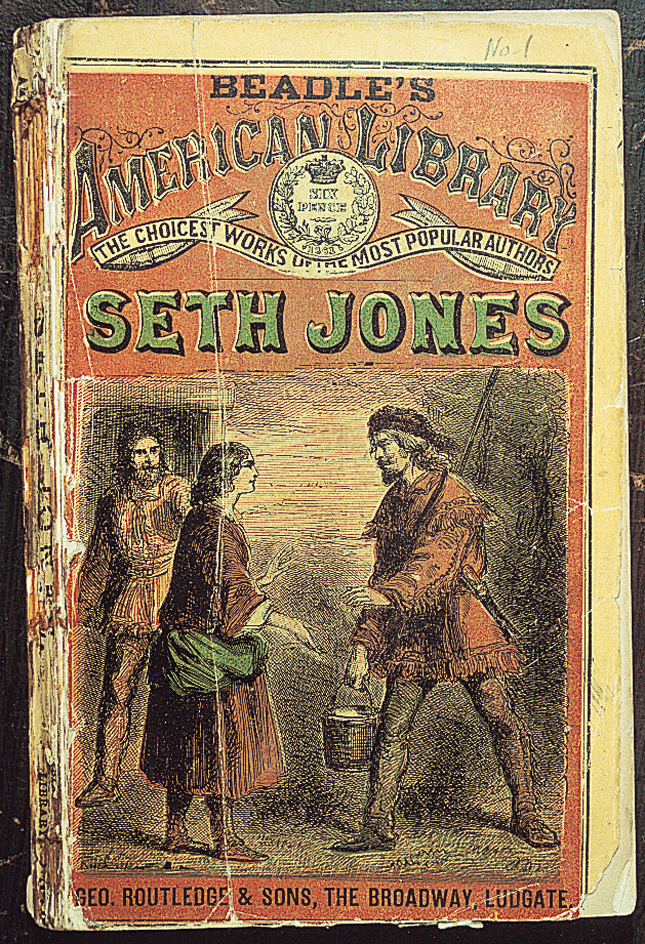
By the late 1800’s, several printers dedicated themselves to improving the quality of printed books. The English designer and craftsman William Morris led one such movement to restore the printed book to its old dignity and beauty. In 1890, Morris and a group of friends established the Kelmscott Press near London. They designed and used styles of type much like those in incunabula. They printed books on handmade paper and bound and decorated them by hand. Other printers also made efforts to improve their product. Type designers, such as Rudolph Koch in Germany and Frederic Goudy in the United States, developed legible and beautiful types. Papermakers and printers experimented with more interesting techniques and styles.
Modern books.
Paperback books declined in popularity in the early 1900’s but made a comeback in the 1930’s. Penguin Books, founded in England in 1935, became a world leader in paperback publishing. Pocket Books, now one of the largest American paperback publishers, appeared in 1939. Today, the majority of all print books sold in the United States are paperbacks.
During the 1900’s, book publishing became a huge, mechanized industry. Computers now rapidly set type for many books. Books are printed from photographic plates in a method called offset lithography. New color printing techniques enable publishers to produce beautifully illustrated books inexpensively. Modern machines print and bind books in a single operation. 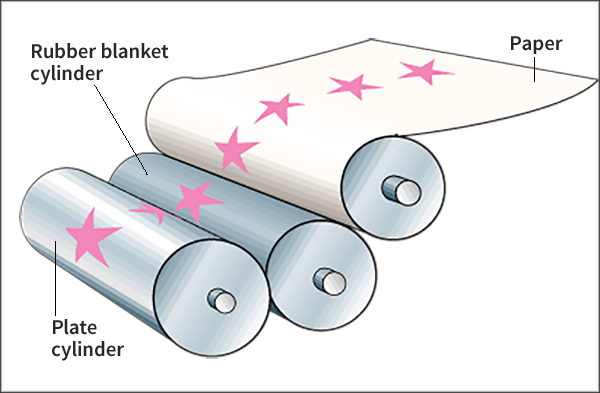
Recorded books for the blind have been available for decades. In the 1980’s and 1990’s, books recorded onto cassette tapes and CD’s became popular with sighted readers, who used these audiobooks as a way to “read” when actual reading was not possible—for example, when driving. By the early 2000’s, audiobooks were one of the fastest-growing segments of the publishing industry.
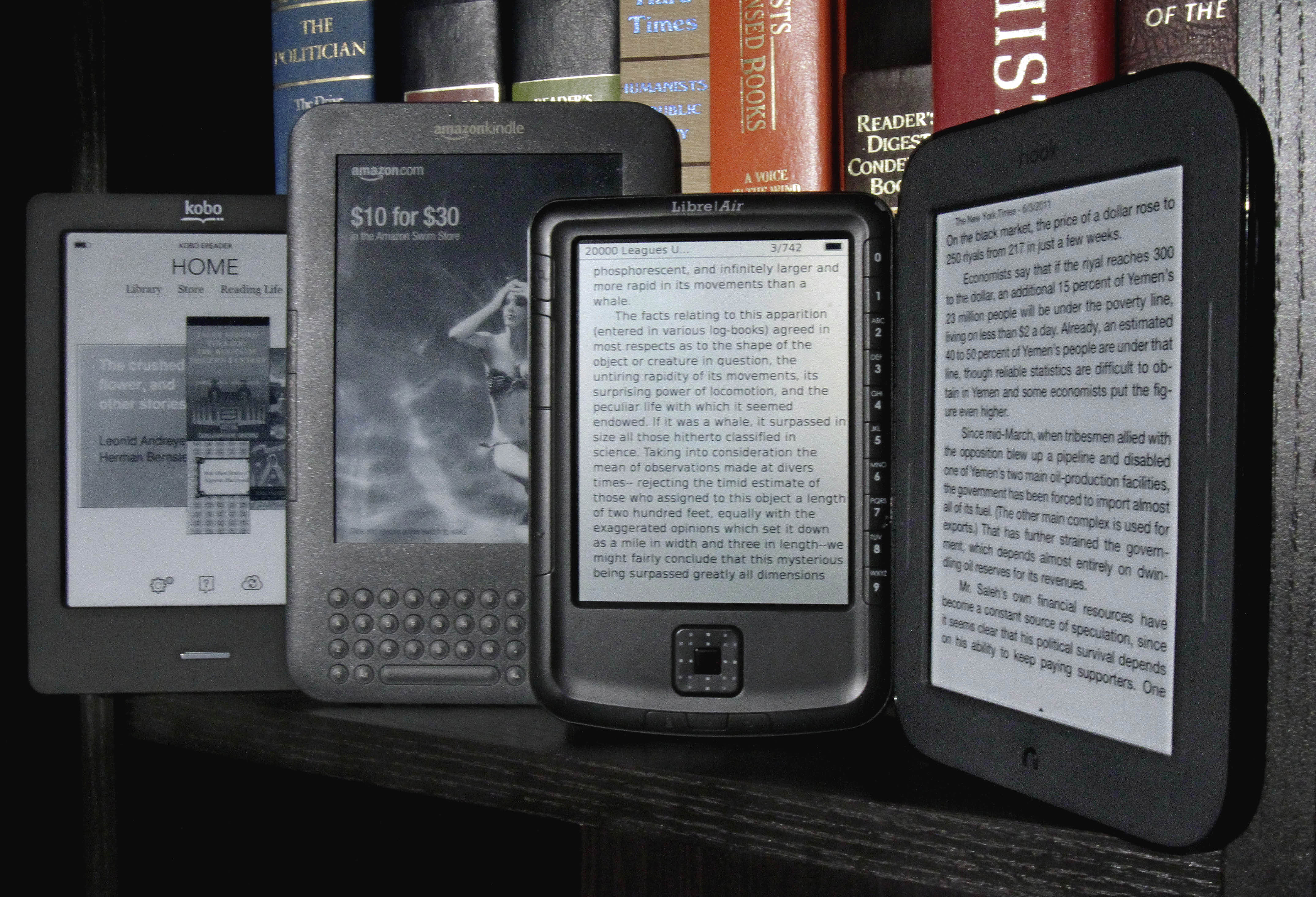
Other types of paperless books are electronic books, or e-books. The text of an e-book, and sometimes illustrations, may be viewed on a computer, e-book reader, or other device. The Internet often serves as a distribution system for e-books. Books in an electronic format became popular in the early 2000’s. The Internet bookseller Amazon.com launched its own handheld device for e-books, called the Kindle, in 2007. By 2011, Amazon was selling more e-books than print books.
